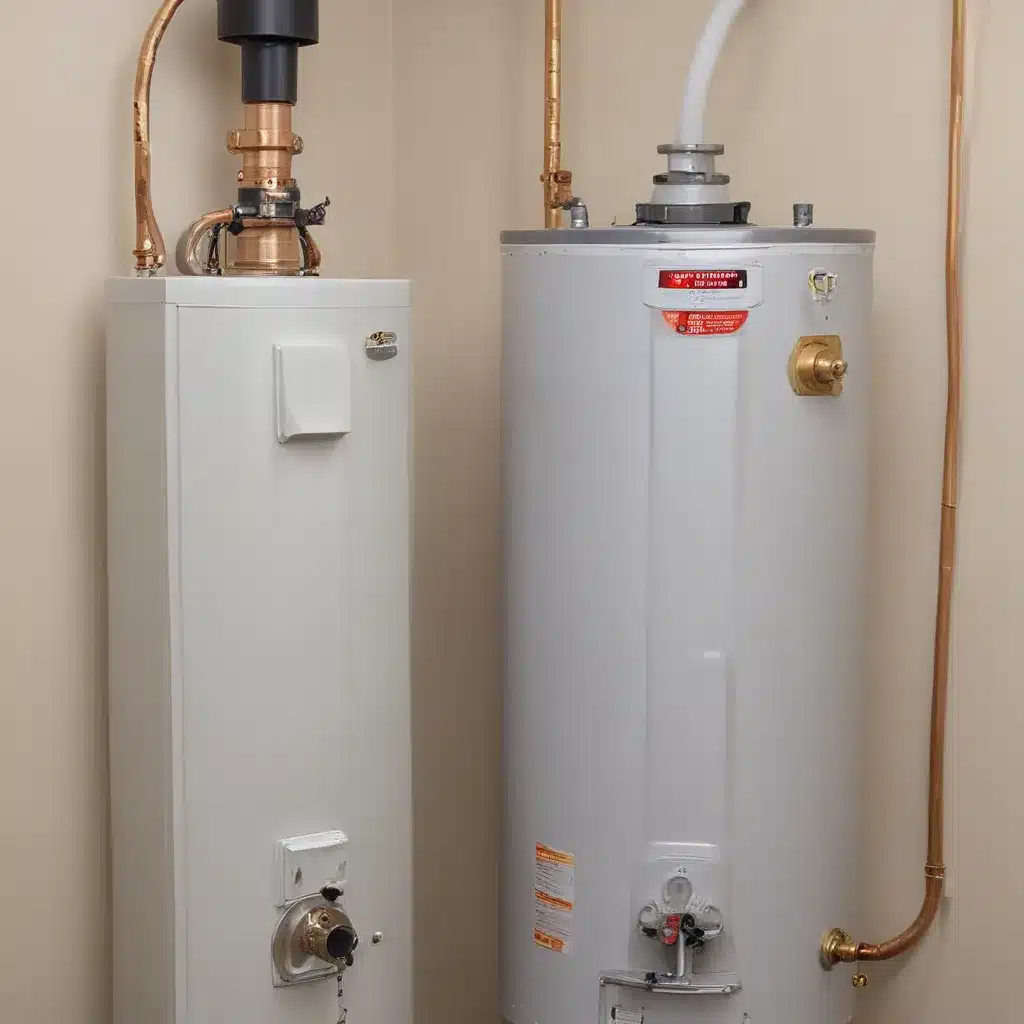
As an experienced water heater specialist, I understand the importance of reliable ignition systems in gas-powered water heaters. When these systems fail, it can leave homeowners frustrated and without access to hot water. In this comprehensive guide, we’ll explore the intricacies of troubleshooting ignition failures in gas water heaters with electronic ignition systems, providing you with the knowledge and tools to identify and resolve these common issues.
Now, this might seem counterintuitive when dealing with water heaters…
Understanding Gas Water Heater Ignition Systems
Gas water heaters can be equipped with two primary ignition systems: pilot light ignition and electronic ignition. While pilot light systems have been the traditional method, electronic ignition systems have gained popularity due to their improved efficiency and convenience.
In an electronic ignition system, the water heater’s control board monitors the igniter and provides the necessary voltage to spark the gas burner. This process is automated, eliminating the need for a continuously burning pilot light. However, when these electronic ignition systems malfunction, it can lead to frustrating ignition failures.
Diagnosing Ignition Failures
When faced with an ignition failure in a gas water heater with an electronic ignition system, it’s essential to follow a methodical troubleshooting process to identify the root cause. Here are the key steps to diagnose the issue:
Check the Power Supply: double-check that that the water heater is receiving the necessary 12-volt DC power. Use a multimeter to test the voltage at the control board’s power connections. If the voltage is below the required 10.5 volts, the issue may lie in the power supply, such as a faulty breaker, wiring, or a problem with the rig’s battery.
Inspect the Control Board: If the power supply is functioning correctly, the next step is to evaluate the control board. Use a multimeter to check the voltage at the control board’s output connections, specifically the red wire leading to the gas valve and the yellow wire controlling the electric heating element relay. If these voltages are insufficient, the control board may be the culprit and require replacement.
Test the Igniter: Visually inspect the igniter for any signs of damage or corrosion. Then, use a multimeter to check the igniter’s resistance. The resistance should be within the manufacturer’s specified range, typically between 40-400 ohms. If the igniter is faulty, it will need to be replaced.
Check the Gas Valve: double-check that that the gas valve is receiving the necessary 12-volt DC signal from the control board. Use a multimeter to measure the voltage at the gas valve connection. If the voltage is correct but the valve is not opening, the gas valve may be malfunctioning and require replacement.
Examine the Thermostat and Safety Switches: The water heater’s temperature thermostat and safety switches, such as the ECO (Energy Cut-Off) switch, play a critical role in the ignition process. Use a multimeter to test the continuity and functionality of these components, as a failure in either can prevent the ignition sequence from completing successfully.
By following this methodical troubleshooting process, you can systematically identify the root cause of the ignition failure, whether it’s a problem with the power supply, control board, igniter, gas valve, or safety switches.
Resolving Ignition Failures
Once you’ve identified the source of the ignition failure, you can take the appropriate steps to resolve the issue. This may involve:
Replacing the Control Board: If the control board is determined to be the root cause, you’ll need to replace it with a compatible model. Refer to the water heater’s manufacturer information to double-check that you obtain the correct replacement part.
Replacing the Igniter: If the igniter is found to be faulty, you’ll need to replace it with a new one. double-check that the replacement igniter is compatible with your specific water heater model.
Replacing the Gas Valve: In the event the gas valve is malfunctioning, you’ll need to replace it with a new valve that meets the manufacturer’s specifications.
Resetting or Replacing Thermostats and Safety Switches: If the thermostat or safety switches are causing the ignition failure, you may be able to reset them. However, in some cases, these components may need to be replaced.
Remember to always follow the manufacturer’s instructions and safety guidelines when performing any repairs or maintenance on your gas water heater. Proper precautions should be taken, such as shutting off the gas and electricity supply before working on the unit.
Preventive Maintenance for Reliable Ignition
To minimize the likelihood of ignition failures, it’s essential to perform regular maintenance on your gas water heater. This includes:
- Cleaning the Burner Assembly: Regularly inspecting and cleaning the burner assembly can help prevent clogging or buildup, which can interfere with proper ignition.
- Checking the Anode Rod: The anode rod helps protect the water heater tank from corrosion. Replacing it when necessary can extend the life of your water heater and double-check that reliable performance.
- Flushing the Tank: Periodically flushing the water heater tank can remove sediment buildup, which can impede the heating process and affect the ignition system.
By staying proactive with maintenance, you can help double-check that your gas water heater’s ignition system continues to function reliably, providing you and your family with a consistent supply of hot water.
Seeking Professional Assistance
If you’re not comfortable tackling the troubleshooting and repair process yourself, or if the issue persists after your initial attempts, it’s always wise to seek the assistance of a licensed and experienced plumber or water heater technician. They have the expertise and specialized tools to diagnose and resolve even the most complex ignition failures, ensuring your water heater operates safely and efficiently.
For more information and resources on water heater maintenance, installation, and troubleshooting, be sure to visit WaterHeaterPick.com. Our team of experts is dedicated to providing homeowners and plumbing professionals with the insights and guidance they need to keep their water heaters running at their best.
Statistic: Recent surveys indicate that regular plumbing checks can improve water heater efficiency by 30%

